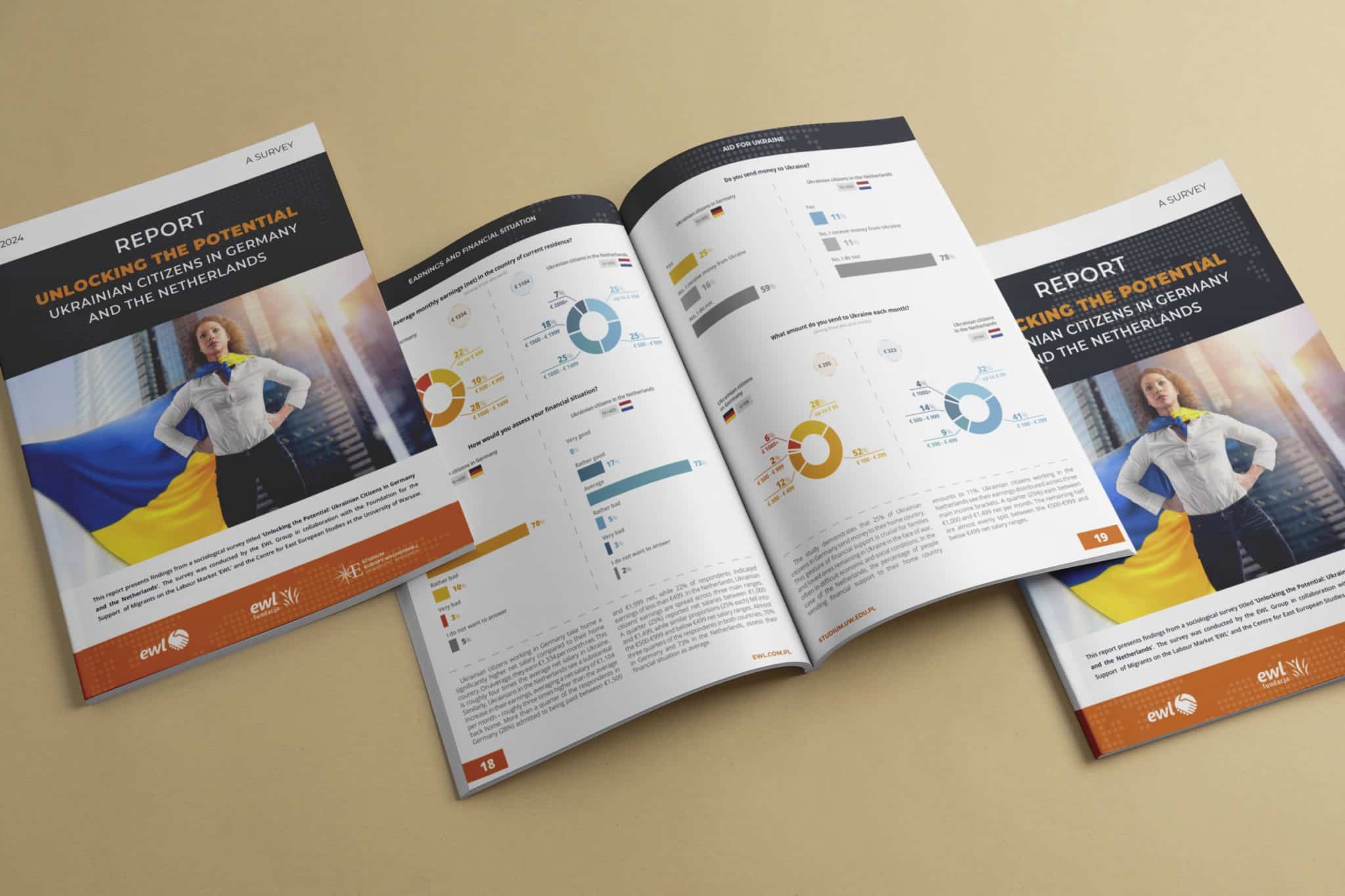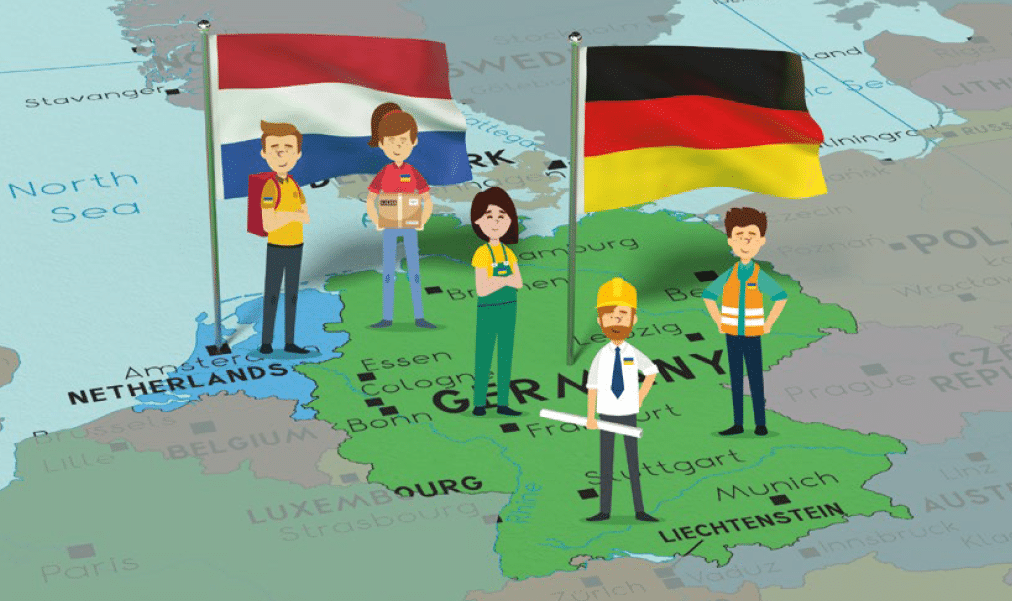
The pandemic has made us speculate about what the world of work would look like. Maybe, similarly to the Black Death, it would inevitably shift the balance of power to the workforce. Or the encounter with mortality would lead to a re-evaluation of the priorities for millions of people, who would choose a new work-life balance, helped by the popularity of work-from-home solutions. A far worse alternative was that the largest decline in economic activity in history, without adequate monetary and financial support, could lead to a repeat of the Great Depression, with high unemployment and weak growth in the employment economy for decades.
To some degree, all of the above have come true and the future of work is not entirely certain. When posed with the question “Where did all the workers go?”, there is no single experience of the post-pandemic labour market. The term “Great Resignation” was coined in the United States, where thousands of people have left their current positions in search for better-paid work. These were largely the so-called job-to-job moves, where employees leave their jobs to find something else. Overall, this represents a form of policy success, as demand for workers has improved a lot and perhaps companies have also benefited from hiring workers who are better suited to them.
However, everything is not good. Many people have left the labour market altogether. There are about 4 million fewer workers in the United States than before the pandemic. Part of this may be due to the ongoing pandemic, as first line workers in many industries remain concerned about the risk of infection. The Federal Reserve Bank of St. Louis reports more than 2.4 million people have retired earlier since the start of the pandemic. There is a similar trend in the UK, with the most common reason for leaving work being long-term illness or retirement.
In the UK, changes in workers’ interest in employment have combined with the departure of thousands of EU citizens, consequently intensifying labour shortages. At the same time, in France and other eurozone countries participation in the labour market has increased. This may be because of Europe’s “furlough” schemes, which helped workers retain jobs with their employers, rather than the US direct payment model that encouraged both sides to find new options, thus increasing the unemployment rate. Or, in the case of France, it could reflect reforms implemented by President Emmanuel Macron before the pandemic broke out.
Policymakers need to ask themselves whether these trends should be encouraged, countered or completely ignored. US President Joe Biden said the obvious goal of his economic stimulus measures was full employment to increase the bargaining power of workers, as evidenced by more and more people changing jobs. In addition, the continued exit of workers, such as migrants in the UK, could permanently increase costs and contribute to inflation. On the other hand, some retirees may return to the workforce, when the virus weakens and they will feel more comfortable going back to work, or perhaps when their savings from the months of lockdown run low.
In the end, the pandemic is not over and we should not expect its impact on the world of work to be over. Economies are still in the process of adapting to what will turn out to be the new normal.







